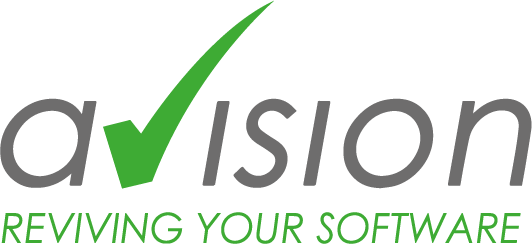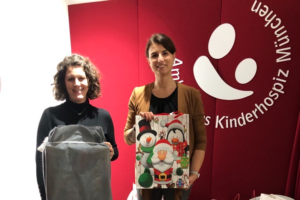Halloween is the time for ghosts and the undead. The right way to deal with them also needs to be learned in software development. Avision presents the six creepiest creatures and gives tips on how developers can successfully banish them from corporate IT at the next party.
The days are getting shorter. When wafts of mist drift through the dark alleyways in the evening, the time of the ghosts has arrived. The underworld spits its creatures into the night and causes fear and terror. Effective countermeasures? The only thing that helps is to bring light into the darkness and clean out the catacombs so that old software and faulty codes no longer drive anyone mad.
- Frankenstein’s monster: Frankenstein once used an electric shock to bring to life his monster made of corpse parts. In many companies, the software stack also resembles a patched-up creature: with mixed architectures, tired legacy software and incompatible programming languages. The only thing that can help is a clean-out: with a consolidated architecture, overarching development guidelines, coordinated and documented interfaces and sensible monitoring, collaboration becomes more effective again. This benefits everyone involved and takes the fear out of the monster.
- Zombies: They rise from ancient graves, stalking their victims with bloodshot eyes and skeletal faces – zombie alert is the order of the day when developers rush through the corridors in the morning after sleepless nights to close old security loopholes or to put an end to known bugs. Then it’s definitely time for a functioning branching model that forms the basis for shared coding.
- Ghosts: Suspicious movements and unfamiliar noises – when IT is haunted, there is often a sense of perplexity: everything went smoothly in the test system, but in production there is a hail of error messages? This puts a lasting damper on the good mood. To scare away the ghosts, the code needs to be returned to an extended test environment.
- Mummy: Linen sheets and a comfortable sarcophagus – actually there is no reason why the mummy should ever interrupt its sleep. But what happens happens and suddenly codes that used to work without a hitch run amok. The only counter-strategy: take them back underground. Ideally in the form of new code or by reworking the add-ons.
- Vampire: Disguised as a harmless update, the vampire is actually a performance sucker that can bring any IT system to its knees. Functions are suddenly only available to a limited extent. Queries take so long that they force users into a blackout. The only thing that helps here is testing, testing, testing before new updates or system extensions are installed.
- Werewolf: It probably takes a six in the lottery to meet the giant wolf in the wild under a full moon. Software bugs that only occur in certain combinations – for example, memory areas that overwrite each other or a large number of update processes on the first of the month – are a little less biting, but just as mysterious. Once the difficult diagnosis has been made, these rare werewolves can usually be quickly disenchanted.
“Halloween is the time of wild creatures, great food and great parties,” confirms Nadine Riederer at Avision. “Of course, this only applies if the ghosts and undead are part of the costume and not part of the real everyday life for IT teams. Especially when it comes to coding, many ghosts can be avoided with a few basic framework conditions. This helps to ensure that the fun is not lost for everyone involved.”
This press release is also available at www.pr-com.de/de/avision.
Press contact
Avision GmbH
Christina Karl
Marketing
Bajuwarenring 14
D-82041 Oberhaching
Phone +49-89-623037-967
christina.karl@avision-it.de
PR-COM GmbH
Melissa Gemmrich
Sendlinger-Tor-Platz 6
D-80336 Munich
Phone +49-89-59997-759
melissa.gemmrich@pr-com.de



